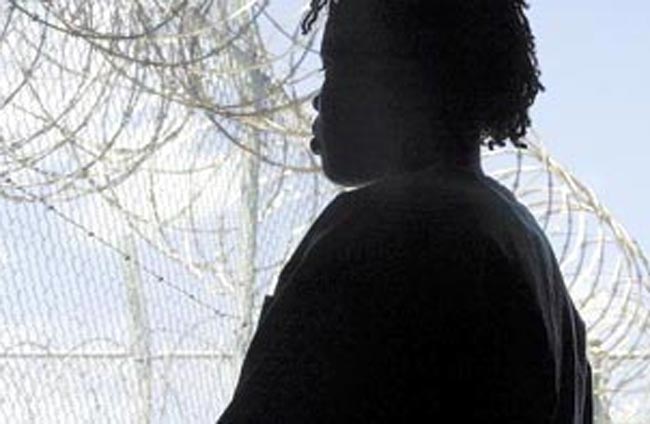
For the second time in little more than a month, a state judge has found that the Department of Juvenile Justice improperly carried out a law that requires counties to help pay juvenile-detention costs.
Administrative Law Judge Lawrence Stevenson issued a 97-page decision this week that says the department did not use actual costs in determining how much counties should pay for detention services during the 2008-09 fiscal year. Eight counties filed administrative challenges, and the cases — which were consolidated in one legal proceeding — were later joined by six other local governments and the Florida Association of Counties.
“As to fiscal year 2008-2009, the department simply made no effort to ascertain the counties’ actual costs or, if it did, it failed to disclose them to the counties,” Stevenson wrote in the decision, issued Wednesday.
The judge recommended solutions that varied by county. But the most far-reaching dealt with Miami-Dade, Broward and Hernando counties. He wrote that the department should, “without undue delay,” provide a revised assessment that details the actual costs of providing the detention services for those three counties.
Department spokesman C.J. Drake said in an email Thursday afternoon that the agency was still reviewing Stevenson’s decision, which will go back to DJJ for final action.
The case is part of a series of disputes stemming from a law that requires counties to help pick up the tab for detaining juvenile offenders. Under the law, counties are supposed to pay detention costs before court disposition of the juveniles’ cases.
In July, another administrative law judge found that the department’s interpretation of “predisposition” costs was too narrow, improperly shifting some costs to counties. As an example, the judge cited a DJJ interpretation that required counties to pay costs for juveniles who are detained because of probation violations.
This week’s decision, however, dealt with a complicated process that the agency used to assess costs among counties. The long-running challenges were filed in 2010 by Alachua, Broward, Escambia, Hernando, Miami-Dade, Orange, Pinellas and Santa Rosa counties. Later intervening were Bay, Brevard, Hillsborough, Okaloosa and Seminole counties and the city of Jacksonville, which has many of the duties of Duval County government.
Under the process, the state at the beginning of the 2008-09 fiscal year estimated predisposition costs would total about $99.6 million, a number that was later slightly reduced to $95.4 million. Counties were required to make monthly payments based on the estimates. Their actual costs were to be reconciled at the end of the year, with some counties expected to get credits and some having to pay more.
Stevenson found, in part, that the state over-estimated the number of days that juveniles would need county-paid detention services during the year. But he wrote that the department still treated the $95.4 million as an amount that it was “mandated to raise from the counties regardless of whether the counties’ actual predisposition days bore any relation to the estimate made before the start of the fiscal year.”
As an example, Stevenson found that Miami-Dade was initially estimated to have $8.5 million in costs. But when the department did the end-of-year reconciliation, it said Miami-Dade owed $10.9 million — even though the number of days that Miami-Dade juveniles needed detention services was below the original estimates. Later, the total was adjusted to $11.2 million.
Stevenson’s recommended solutions vary, because most counties did not contest the department’s reconciliation or accepted the later adjustments. Miami-Dade, Broward and Hernando, however, pressed to pay only the actual detention costs.
“The department bears the burden of providing a reconciliation to each of these three counties that reflects their actual costs of providing secure juvenile detention costs,” the judge wrote. “Hernando, Miami-Dade and Broward are each entitled to an accounting of their actual costs without regard to the costs of any other county.”
–Jim Saunders, News Service of Florida





























question says
Re image choice [?] Kind of perpetuating “The violent black youth myth”
… reality that violence involving young African-Americans has fallen to the lowest levels ever reliably recorded …
Read more: http://www.politico.com/news/stories/0312/74546.html#ixzz24ZHIjtFl
By Mike Males | 3/27/12
ryan says
That is actually not true. The media thinks it is racist now to mention any crimes that might be committed by suspects that might be of a different ethnicity, and don’t have the courage to call people liars who make fake racist claims. They are very good at keeping quiet when racist groups commit hate crimes, though. Those comments you just made are a good example.